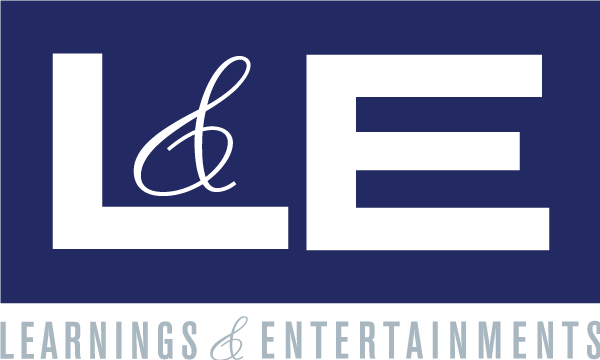In this episode of Creativity and Compliance, Tom and Ronnie use a quote from Amy Poehler as a jumping off point.
- Improv is about creating psychological safety…an environment of trust and support so performers can take risk. E&C should think about their roles the same way so that employees feel safe to speak up.
- The most important job or an ethics & compliance officer is influence…getting others to carry the messages forward on your behalf
- The importance of Increasing the frequency of speak up communications.
- Entertainment is helpful in increase the frequency of messages and getting others to carry these important messages forward.
- Improv is a great teaching tool for leaders – communication, listening, approachability.
